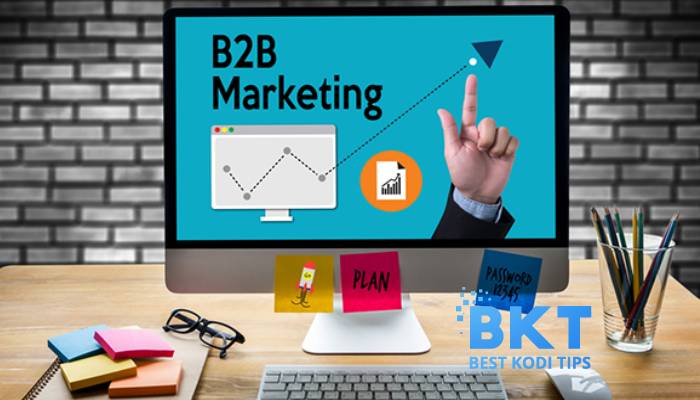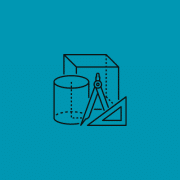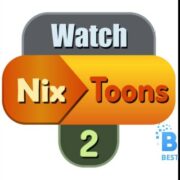What is a B2B marketplace? Well, it is an eCommerce site that brings digital shopping to B2B buyers. The owner may offer products and services or run the marketplace on behalf of the business. While B2C marketplaces are already popular, such as eBay or Etsy, around 70% of transactions on enterprise marketplaces will be for B2B by 2023. Invariably, the B2B marketplace ecosystem is surging in popularity.
How Versatile are B2B Marketplaces?
Marketplaces offer an opportunity to connect B2B sellers and buyers within a single digital space that helps unify onboarding, records, and quotes. Further, sellers and operators enjoy the versatility of B2B marketplaces because they have a reach they could not accomplish by selling strictly in-person. In addition, the B2B marketplace meets the demand for always-on and 24/7 commerce. Sellers and operators can still make sales even when they’re “off the clock.”
Like Amazon or SupplyCore, you can establish a global B2B marketplace and offer a wide variety of products, whether vertically or horizontally, like gently-used goods. The first step is deciding to build a B2B marketplace. The second step is figuring out your monetization strategy. Therefore you can increase profits over time. Sounds interesting? Keep reading to learn more.
Consider these B2B Marketplace Monetization Strategies
1. Sell on Commission
Both new and existing successful platforms widely use the commission monetization model. This revenue earning model gets a part of each payment completed directly on the website, thus becoming the most profitable and favourable monetization.
Many B2B marketplaces utilize the commission monetization model to earn a portion of each sale. The commission percentage can range between 1% and 50%, depending on the product type. However, you can typically charge a higher commission percentage for services.
Take a look at these three types of commission fees:
- Charge a vendor for every successful transaction.
- Charge a buyer for each completed payment.
- Lastly, charge vendors and buyers for each transaction.
The commission structure is popular because it’s straightforward, easy to implement, and scales. Nonetheless, you can use several monetization strategies simultaneously to increase profits. Some online examples include:
- Rakuten
- Airbnb
- eBay
2. Charge selling fees
Selling fees are another popular monetization model among online marketplaces. Like with the commission, you get a piece from each transaction. The difference is that with selling fees, you get a percentage before the vendor receives the payment.
If you can charge a fee to sell on your B2B marketplace, you make a profit on every transaction. Thus, you’re motivated to provide a relevant space for sellers to make sales. With this strategy, there are three types listed below:
- Direct payments. The customer pays the seller directly.
- Collective payments. You receive the payments, collect the fees, then send the revenue to your sellers as redemption.
- Parallel payments. Your B2B marketplace has features that automatically take the selling fees out while sending payments directly to the seller.
One of the most important things to remember is that this monetization strategy does not achieve the desired result in the early stages. It works in large retail on websites where quantity matters. So, first of all, you should gain the audience and their trust.
It’s crucial to understand that charging selling feels will not make massive profits at the beginning. It’s important to have the trust of your consumers first. For instance, eBay charges a listing fee and a final sale fee. Determine how to use this model to optimize your results.
If you run a popular B2B marketplace, there isn’t any question you will attract sellers. You can then charge a listing fee to publish their items and services for sale. Charging listing fees is widely used on digital marketplaces; Etsy comes to mind. On the other hand, it might not be the right choice for fast-selling goods. In contrast, it’s a good strategy for slow-selling goods because you can still accrue profits even if the items don’t sell.
Undoubtedly, if your marketplace is large and has consistent traffic, sellers would be more than willing to pay for listing fees. It is a win-win strategy since you can take profits from the start, and sellers save money by not having to create their own small websites or market from scratch.
With premium listings, these can act as mini-billboards that place listings where consumers are most likely to see them, such as at the top of a search. First, sellers pay the original listing fee; then, you can give them the option to upgrade to a premium listing.
4. Incorporate Subscription Fees
A subscription or a membership fee is a strategy where some or all consumers are charged to access the marketplace. It includes monthly or yearly fees for a certain set of features. Besides, if new sellers want to get superior benefits, they should also pay a membership fee.
You can charge sellers a subscription fee to sell on your B2B marketplace. To illustrate, you might have a basic, premium, and enterprise offering and higher-tier subscriptions offer more features and choices.
If you want to optimize subscription fees, it’s critical to ensure your B2B marketplace offers unique goods and services. The objective is to provide products and services that are difficult to find elsewhere. eBay is just one of many examples of marketplaces that use a subscription model.
5. Advertise
You can also monetize your B2B marketplace by offering advertising to third parties by use of text, mixed media, graphics, banners, and more. Still, it’s important to note that too much advertising may turn off your customers. Therefore, it is critical to use this method strategically, such as advertising only on specific sections throughout your marketplace.
Another aspect to remember is you don’t have complete control over third-party advertising. Further, the advertising may drive your customers away to other sites. Moreover, if your site does not have large traffic inflows, advertising may not generate as much revenue as you anticipate.
An example of platforms that only use the advertising model include:
6. Include lead fees
If your transactions typically occur outside of your B2B marketplace, then lead fees could be the right monetization strategy for your site. For example, your customers have to pay to get more information about an item. As such, you now have a qualified lead.
This strategy works well for non-standard products and services, such as music tutoring, design services, B2B software development services, cleaning, and more. Also, providers and customers need to have a place to complete transactions easily and securely by using payment and invoicing tools. An example of a site that utilizes lead fees is Upwork.
In conclusion
You should pay special attention when choosing the proper monetization strategy as it plays a crucial role in generating a profit on the platform.
Before launching your B2B marketplace, it is crucial to figure out your monetization strategy to ensure you can keep your site up and running within the foreseeable future. Take these steps before making your final decision:
- Embark on competitive and market research.
- Determine your B2B marketplace, business model.
- Understand your target audience, from personas to demographics.
Should you start with one or several strategies? In the beginning, it is easier to start with one monetization approach. Once you better understand how much you can make, or as your business scales, you can add other methods.
If you have further questions or need additional help launching your B2B marketplace, feel free to drop us a line!















Comments